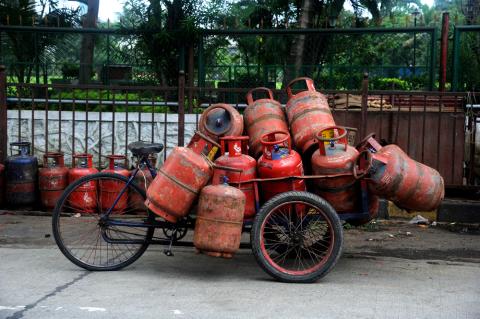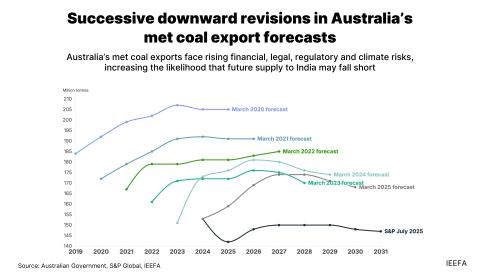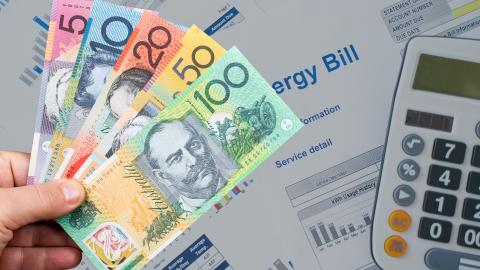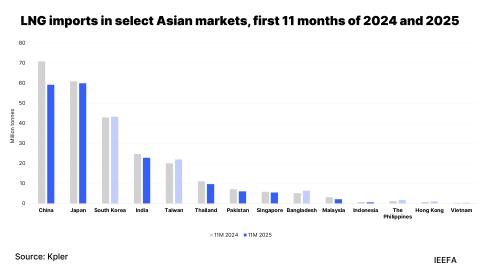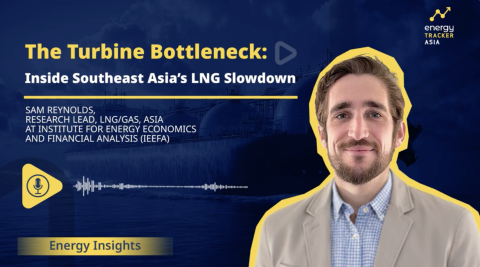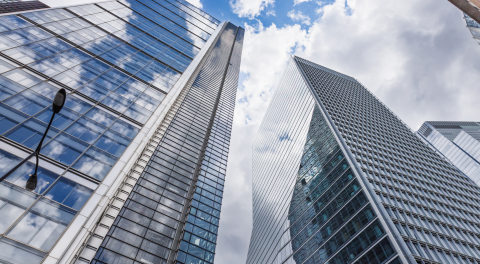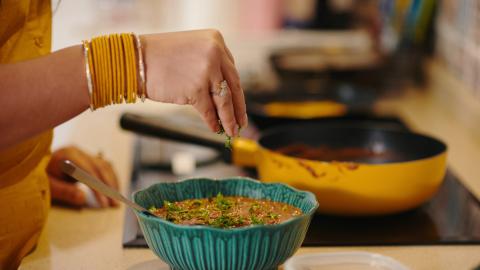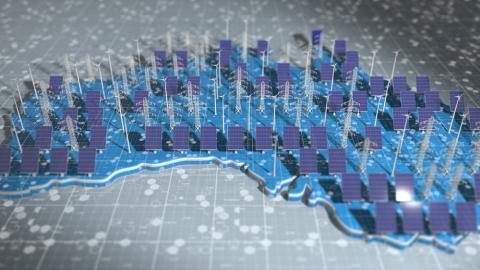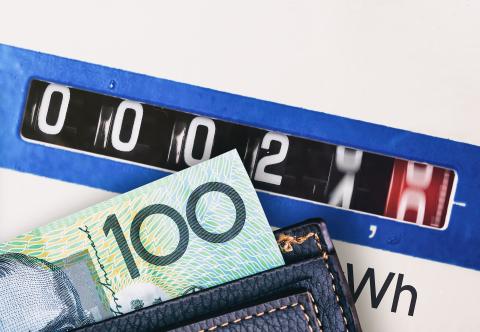Why Whyalla is still the best hope for low-emissions iron and steel in Australia
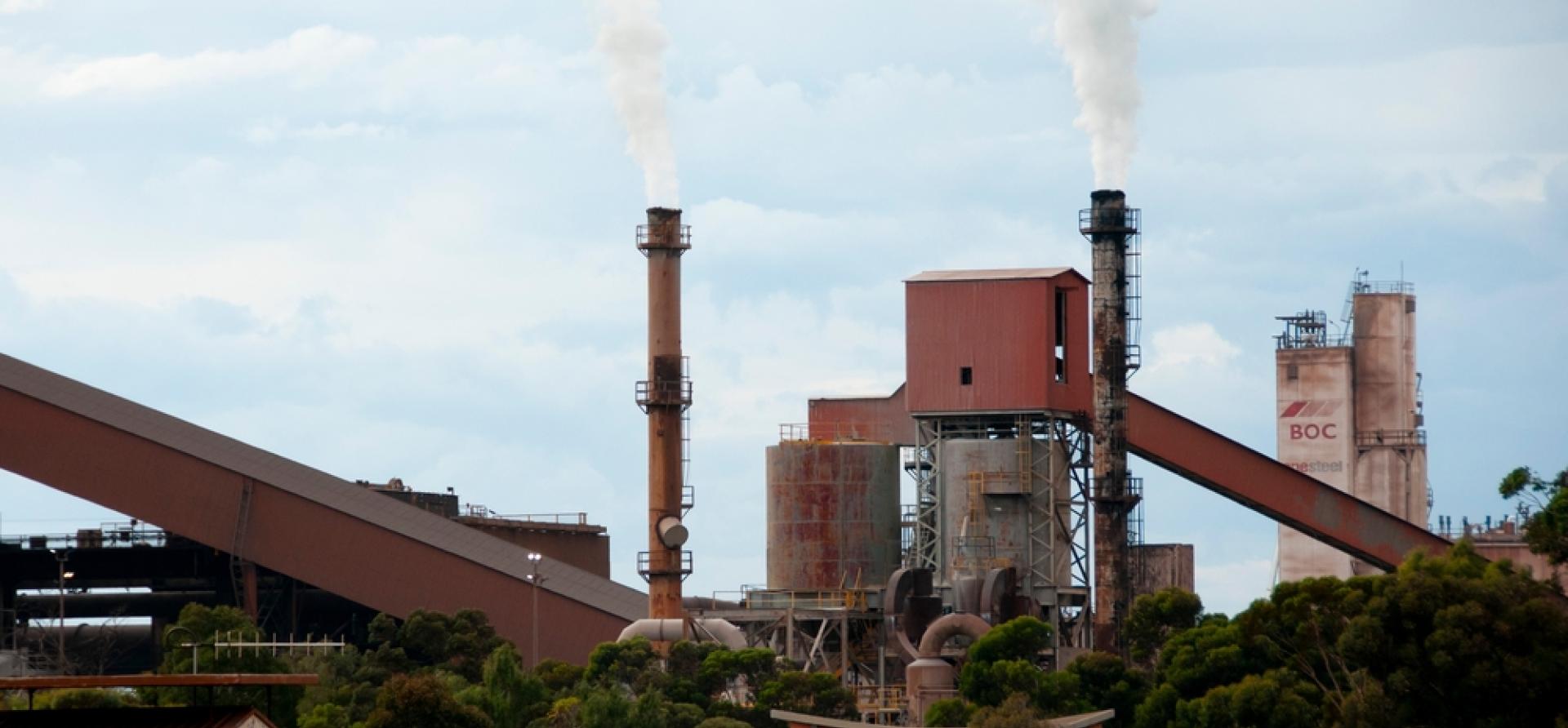
Key Findings
Whyalla Steelworks is the only integrated steel mill in Australia, co-located with a magnetite mine, concentrate plant and pelletising facility to complement its steelmaking operations. This places any future DRI-EAF facility at Whyalla at a significant advantage – potentially saving billions of dollars and years in development compared with other proposed green steel projects.
South Australia remains a national leader in terms of renewable energy’s share in power generation. With ambitious targets and a strong track record, the state is well positioned to support decarbonisation in heavy industries, including green iron and steel production.
Despite ongoing challenges at Whyalla Steelworks, Australia’s commitment to green iron and steel must remain a national priority. For Whyalla, this transition appears not only necessary but inevitable.
Whyalla Steelworks is the oldest steel facility in Australia and one of only two that produce steel from iron ore. Although intended to become the country’s first green iron and steel facility under its previous management, GFG Alliance, the plant is now struggling to survive, with government intervention required to keep it afloat.
Funds have been redirected to save both the plant and the city of Whyalla. Even funding originally intended to support South Australia’s green hydrogen transition is now being allocated to Whyalla Steelworks – an operation long starved of investment and only receiving support through government. The federal government’s AU$2.4 billion saving package will be partially used to stabilise current operations, with AU$1.9 billion allocated to support South Australia’s ambition to produce green iron.
South Australia has recently closed its Office of Hydrogen Power, redirecting all associated funding to support the continued operation of the steelworks. The office was tasked with building a hydrogen power station and electrolyser to maximise the use of curtailed renewable electricity in the state. Hydrogen is essential for producing green iron; even following the office’s closure, the state’s energy minister, Tom Koutsantonis, emphasised that “Ultimately, one day you will need to have a hydrogen facility to decarbonise steel.”
Despite these challenges, Whyalla Steelworks remains Australia’s leading hope for producing low-emissions primary steel, thanks to several key advantages that make this goal more attainable.
High-grade iron ore supply chain
Whyalla Steelworks is the only integrated steel facility in Australia, co-located with an operational magnetite iron ore mine, a concentration plant in the Middleback Ranges, and a pelletising facility. This unique set-up allows Whyalla to begin the transition to low-emissions steelmaking immediately using the direct reduced iron-electric arc furnace (DRI-EAF) method, a proven, mature technology already in use at commercial scale in places like the Middle East.
In 2024, SIMEC Mining, which supplies iron ore concentrate from the Middleback Ranges to Whyalla Steelworks, tested its magnetite pellets in a direct reduction (DR) process. The results reportedly outperformed the reference pellets currently used under standard operating conditions in commercially dominant DR technologies from providers such as Midrex and Energiron.
In contrast, other proposed green iron projects would need to first establish pelletising capabilities – if not also mining and concentrate production – which are time-consuming and capital-intensive processes. Furthermore, the utilisation of the majority of iron ores in Australia – particularly in Pilbara – needs new technology developments (for example NeoSmelt) to deal with the lower-grade ores with higher impurities. South Australia does not need to wait for such developments.
South Australia is endowed with some of the highest-quality magnetite iron ore deposits in the country, making it well positioned to supply DR-grade feedstock for future green steel plants. Companies like Magnetite Mines are at the forefront of bringing new supply to this evolving market.
Current infrastructure
Although Whyalla’s blast furnace is outdated, several existing facilities offer a strong foundation for its transition to low-emissions steelmaking. These include the concentration and pelletising plants, port infrastructure, a 60-kilometre (km) slurry pipeline transporting iron ore concentrate from the mine to the plant, and other auxiliary facilities essential to any steel mill.
While some facilities may require expansion or modernisation, this is significantly more practical and cost-effective than building entirely new infrastructure in locations with no existing operations.
The investment required to establish a similar facility could run into the billions of dollars. For example, Grange Resources’ updated feasibility study for the Southdown Magnetite Mine in Western Australia estimates the cost of establishing a concentrate plant with a capacity of 5 million tonnes per annum (Mtpa) and a 110km slurry pipeline at AU$2.34 billion. Similarly, the Mount Bevan magnetite pre-feasibility study projects a capital expenditure (capex) of more than AU$5 billion to develop a 12Mtpa concentrate facility and a 125km slurry pipeline.
It is prudent to begin the green steel transition in locations with well-established facilities, as this can ease the initial phase and mitigate risks for Australia’s iron and steel sector.
Renewables potential
Access to low-cost renewable electricity is critical for green iron and steel production. Current low-emissions pathways require carbon-free electricity on a massive scale.
South Australia continues to lead the nation in the share of renewables – solar and wind – in its energy mix. The state remains on track to achieve 85% renewable energy by 2025-26, with a target of reaching 100% by 2027.
The power demand to support a hydrogen-based DRI-EAF facility remains significant relative to South Australia’s total electricity generation. Nonetheless, the state’s abundant renewable energy resources position it alongside leading regions such as the US, Brazil, Canada, and the Middle East & North Africa in shaping the future of the green iron market. This also gives South Australia a competitive edge – not only over the international players mentioned, but also over domestic regions like the Pilbara – in the production of hydrogen-based DRI for export.
These factors have led new entrants in Australia’s green iron and steel sector – such as Greensteel Australia – to shift their focus from New South Wales to Whyalla as the preferred location for their future plant.
Beyond the most immediate opportunity at Whyalla, South Australia can also follow up with a second DRI plant dedicated to green iron production for export. With abundant magnetite reserves and strong renewable energy potential enabling the use of existing, mature DRI technology, the state is well placed to become a global leader. For Whyalla, the transition seems not only necessary but inevitable, provided it receives the necessary support. Australia’s commitment to green iron and steel must remain a national priority.



